Happy New Year Everyone! We are excited and ready for 2017!Bring it on lets Get out and EXPLORE !!!!!!!
Here we share some about our journey-both in and out of the woods.
Happy New Year Everyone! We are excited and ready for 2017!Bring it on lets Get out and EXPLORE !!!!!!!
If your out exploring in nature this Fall and early Winter maybe you will be lucky enough to encounter a Frost Flower!
Although these sometimes look like a flower from a distance they are not actually flowers at all.
Frost flowers are delicate ribbons of ice crystals that form on the lower stems of some plants. These formations depend on a hard freeze occurring while the ground isn't already frozen. This allows the stem of the plant to draw moisture up from the ground. This moisture and sap that's left in the stem of the plant will expand as it freezes and split the stem. This creates thin layers of ice to form into exquisite patterns that curl into almost petal like shapes that resemble a flower.
These flower looking ice crystals have a very short life. Once the rays of the sun fall upon them they melt as quickly as frost.







A few shots and memories of some of our adventures. Let us help you make memories one step at a time!
Here's a few random pics we shot this past week while out on the trails.

The John Muir trail and Sheltowee Trace trails

A nice set of bear tracks along the trail

Mushrooms on the side of a tree

Another huge bear track

If you watch there's still color to be seen in nature at this time of year!

A great place to set up camp and have a bedroom with a view

Alittle color still on afew trees
The Barred Owl (Strix varia) is a very beautiful bird of prey with dark brown eyes and a brown and white striped plumage. Barred Owls eat a wide variety of small animals such as squirrels, chipmunks, mice, rabbits and even other birds just to name some of its diet. Owls play a major role in helping keep the rodent populations in check.

Even though you may live in a rural area or sometimes even in town you may share the area with a Barred Owl. Although these birds of prey are more common and seem to thrive more in the backcountry they have been seen in cities and towns.
Barred Owls have been around our area for many years. Pleistocene fossils of these birds have been found in Tennessee, Florida, and Ontario dating all the way back to at least 11,000 years ago!
The most dangerous natural predator to the Barred Owl is the Great Horned Owl which will eat the Barred Owls eggs , their young and occasionally even killing and eating an adult Barred Owl.
One of my favorite pastimes at night while in the backcountry on our backpacking adventures is to sit and talk with the Barred Owls. I've had as many as 5 at a time calling back to me simultaneously as if we are actually having a conversation. I've even had them fly into the area a sit overhead as they check my campsite out.
If you listen really close to a Barred Owls call it's almost as though he's saying ("Who cooks for you? Who cooks for you all?") If you haven't had the chance to see and hear one of these Owls I hope you do in the near future. It's pretty amazing!


The Osage Orange tree is actually not a Orange tree at all. It is known by several names and to just name a few : Bow Dock, Bo Dark, Hedge Apple and Mock Orange.
The wood from an Osage Orange tree is heavy, hard and strong. It is also very flexible.
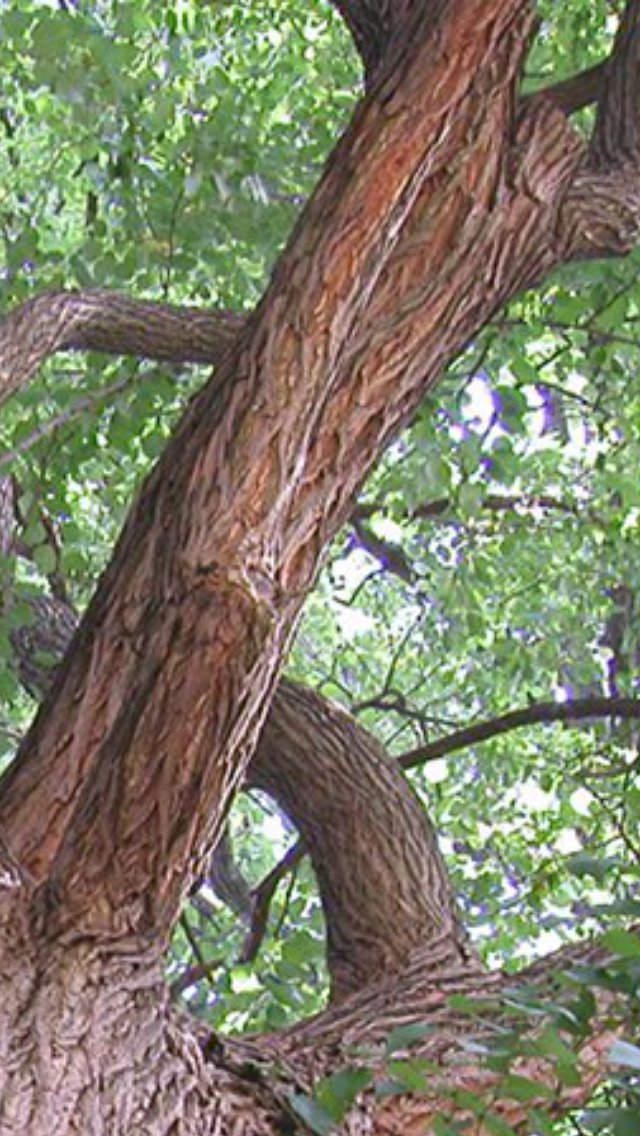
It's said that several of the Native Americans used this wood to make war clubs and bows . It's also known that they would travel many miles in search of these trees to make their bows. The wood was so valued by the Native Americans that a good Osage wood bow would have had the same value and could often be traded for a good horse and a blanket.
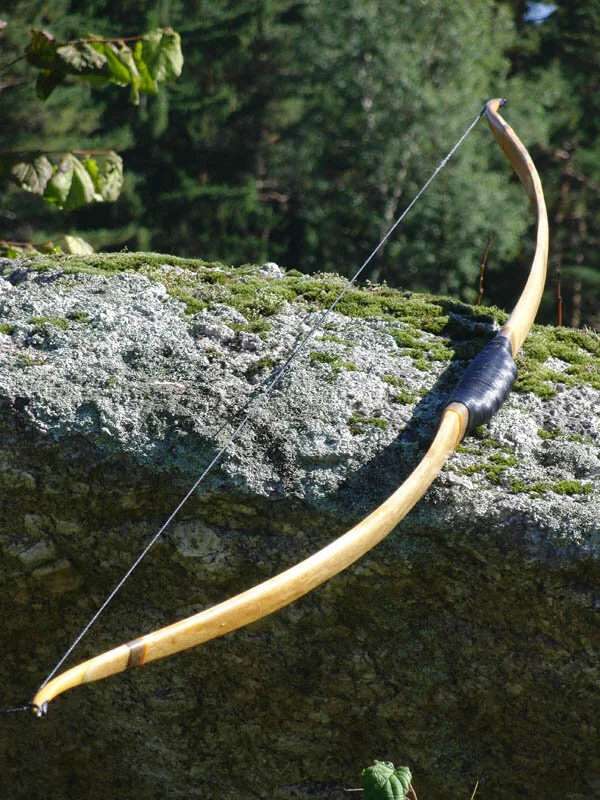

The seed inside the large fruit is eaten by some wildlife but not a major food source for any of them. Trust me this isn't a fruit you want to eat at all. When the fruit is scratched it will produce a milky latex looking sap that can cause skin irritations in some people. The fruit has been known to be used by some people as an insect repellent.

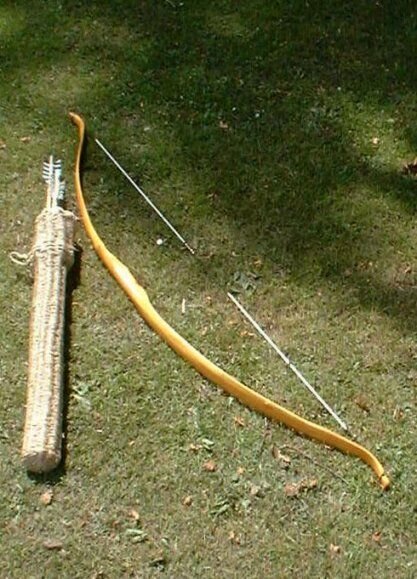

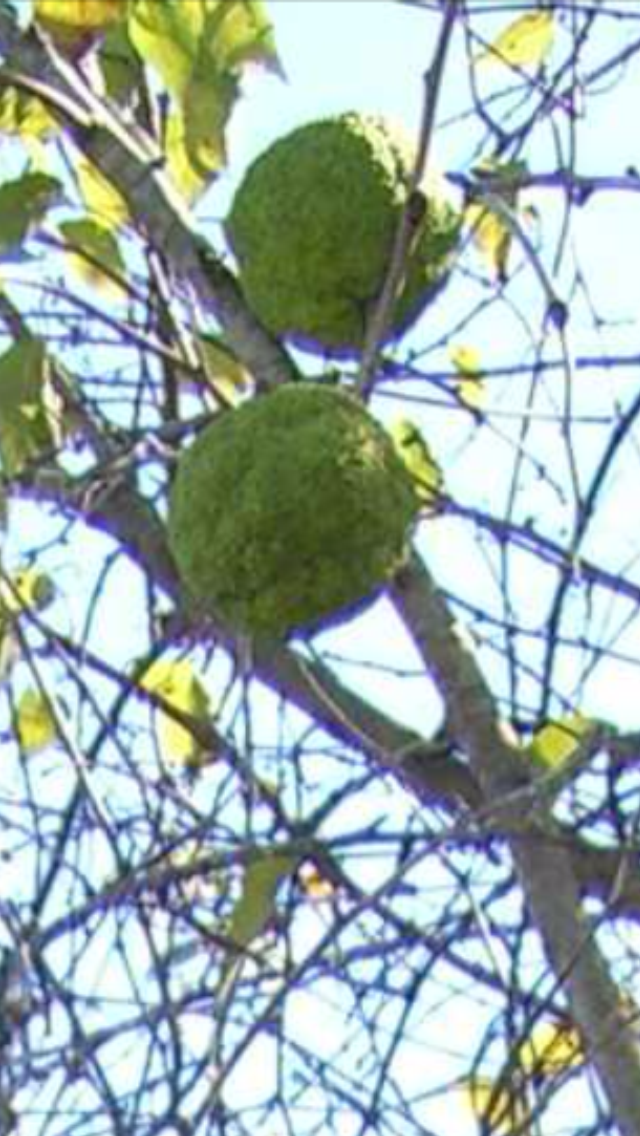

We are about to experience what some of the Native Americans called the Full Hunters Moon.
The Full Hunters Moon always follows September's Harvest Moon. The month of the Hunters Moon is in October and during this time the leaves begin to change color and fall. The acorns and other mast begin to drop from the trees. This means the wild game such as deer, bear, turkey and many others all begin to get fat in preparation for the long harsh winter months ahead making them alittle easier to be hunted.
This was an important time of year to begin hunting to lay a store of meat and provisions back for the long winter ahead.
It's easy to understand why this moon was known by so many as the Hunters Moon.
If you have the chance check it out and as you see the Hunters Moon reflect back on the ones who walked this land before us.


The American Chestnut tree (Castanea dentata) was once one of the most common and important tree species in the Eastern United States. These trees were absolutely huge in some areas. It was common to see these trees reach over 10ft. in diameter and well over 100 feet tall.

This tree was referred to by many as the tree which took care of you from "the cradle to the grave". Meaning, when you were born you often would be placed in a cradle made from the wide Chestnut boards. Later in life, you would gather and eat the very nutritious nuts from the tree. The nuts also provided food for both people and wildlife. Squirrels, bear, turkey, deer and other animals depended greatly opon these nuts for food. In fact many families would gather and store these nuts to be eaten during the winter months, even gathering extra to help fatten hogs and feed other livestock. Many people built their homes and barns from the Chestnut tree logs and lumber, split shingles for the roof, split rails for fences and once your time on earth was finished your coffin would have more than likely been built from the wide boards of a Chestnut tree. Due to the large amount of tannic acid it was a very rot resistant lumber. It is easy to understand the meaning of the phrase "the tree that took care of you from the cradle to the grave".

At first one might think that these trees may have been driven into near extinction by over harvesting and the greed of man, but the American Chestnut was to suffer a much different fate which has almost completely wiped them out.

In 1904, a very unfortunate event happend. Japanese and Chinese Chestnut trees were imported into the United States to be planted at the Bronx Zoological Park in New York City. These trees were infected with a fungus which can be spread thru the air called (Cryphonectria parasitica) or the Chestnut blight.
This blight quickly spread thru the air to some of our native Chestnut trees which had no resistance to the fungus, and they quickly began to die off. From 1904 to around 1940, the blight had spread throughout the entire home range of the American Chestnut tree. Within only a few decades , the Chestnut blight had killed over 4 billion trees on more than 200 million acres of Eastern North America.
Very few of these trees remain, and of the ones that are found today, many of those are just sprouts off the actual root system of the huge tree that once stood in it's place.
But thankfully, there is still hope for these trees! There are many fighting to save this tree. Research has been discovered by backcrossing the American Chestnut with an Asian Chestnut that is blight-resistant, but still almost completely American, with all the qualities of the giant, majestic trees we saw a century ago maybe able to survive. Only time will tell if we can save the American Chestnut tree.

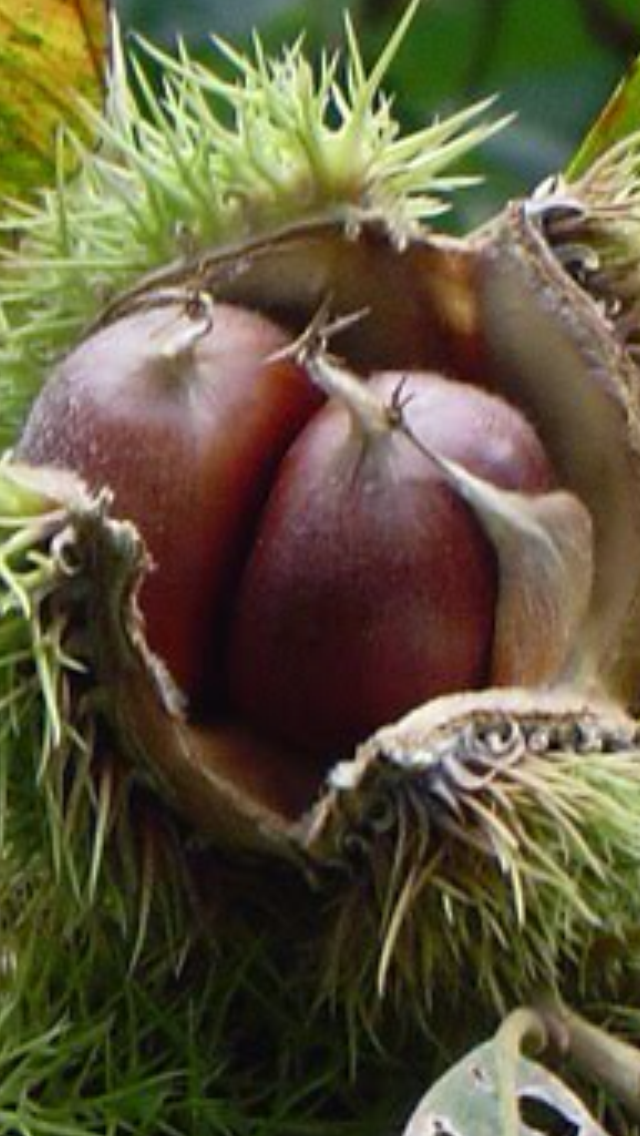


We found this huge American Beech Tree on one of our recent hiking trips. The American Beech (Fagus grandifolia ) is a native to the US and especially to the eastern United States and extreme southeast Canada.
This one is certainly not the biggest we have found while out exploring. These giant trees can reach well over 100ft tall and be several ft. round.
Beechnuts are food to many wild animals such as bear, deer, squirrels, grouse and turkey just to name a few.
We find these trees often on our hiking and backpacking trips but we are always amazed at these giants of the forest!


It's believed that in the spring of 1769 a large group of men called Long Hunters was formed, consisting of at least 20. These men came from Virginia and North Carolina.
These men were called Long Hunters because of the long amount of time they would spend away from home on hunting and exploring expeditions.
These men were sent here to explore and hunt this area of the Cumberland Plateau of Tennessee and areas west of the Plateau.
Not a lot is known about these men but to name a few of them were Obediah Terrell, Robert Crockett and others by the last names Bledsoe, Mansker, Baker, Drake, Stone, Smith, Cowan, Finlay, Brook, Knox, and Boone.
It is believed that after this hunting and exploring expedition some of these men returned to this area to settle and build homes. Even today you can find many families in this area with the last names of some of these men.
It is known out of this group of men Robert Crockett was killed by a band of Indians in what is now known of as Overton County, Tennessee.
This area of the Plateau has two well known rivers which are known today as the Obey River and the Obed River.
Many people believe that both of these rivers were named after Obediah Terrell. It is very well possible that he could have been one of the very first white men to have seen both these rivers.
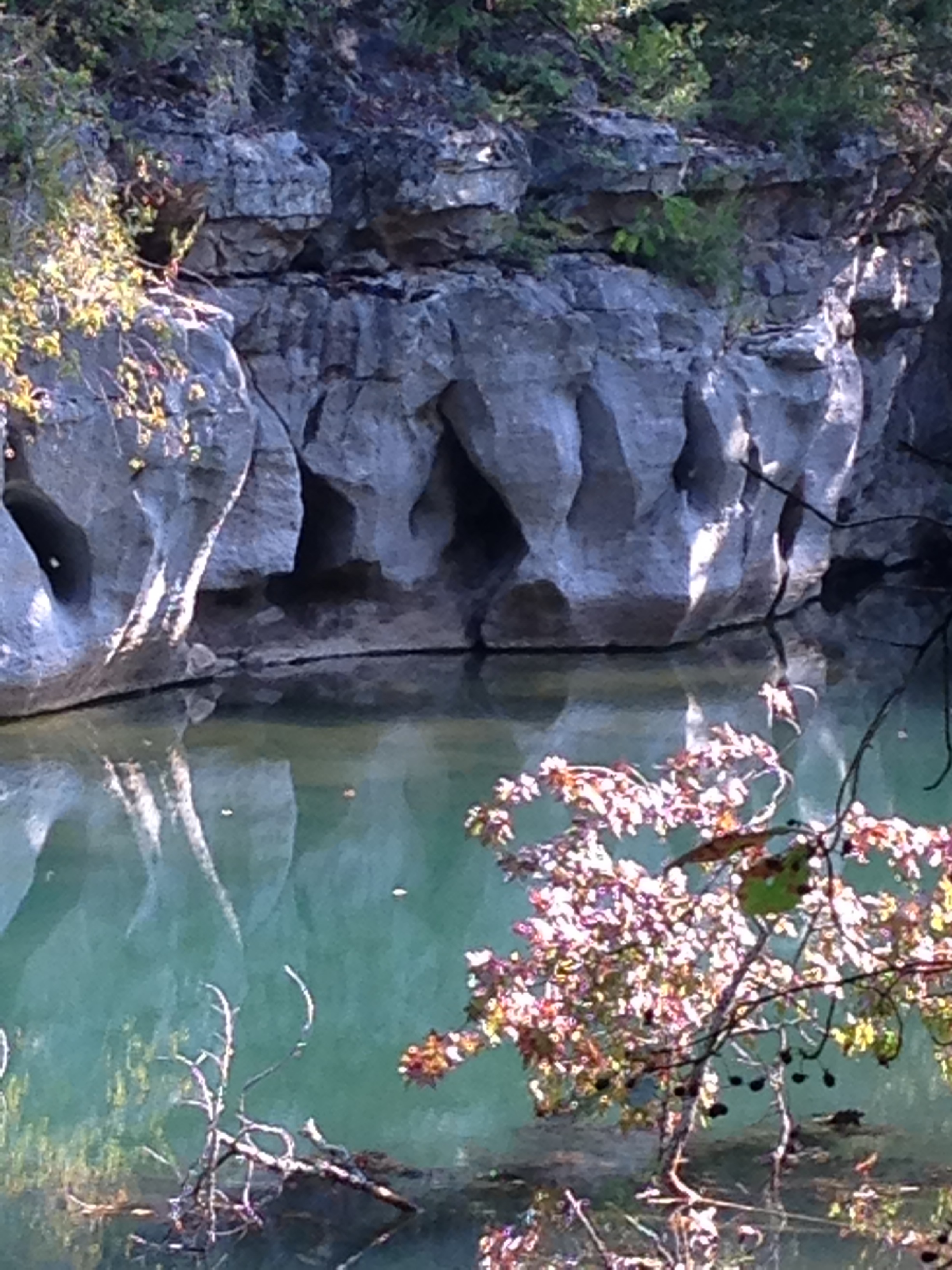
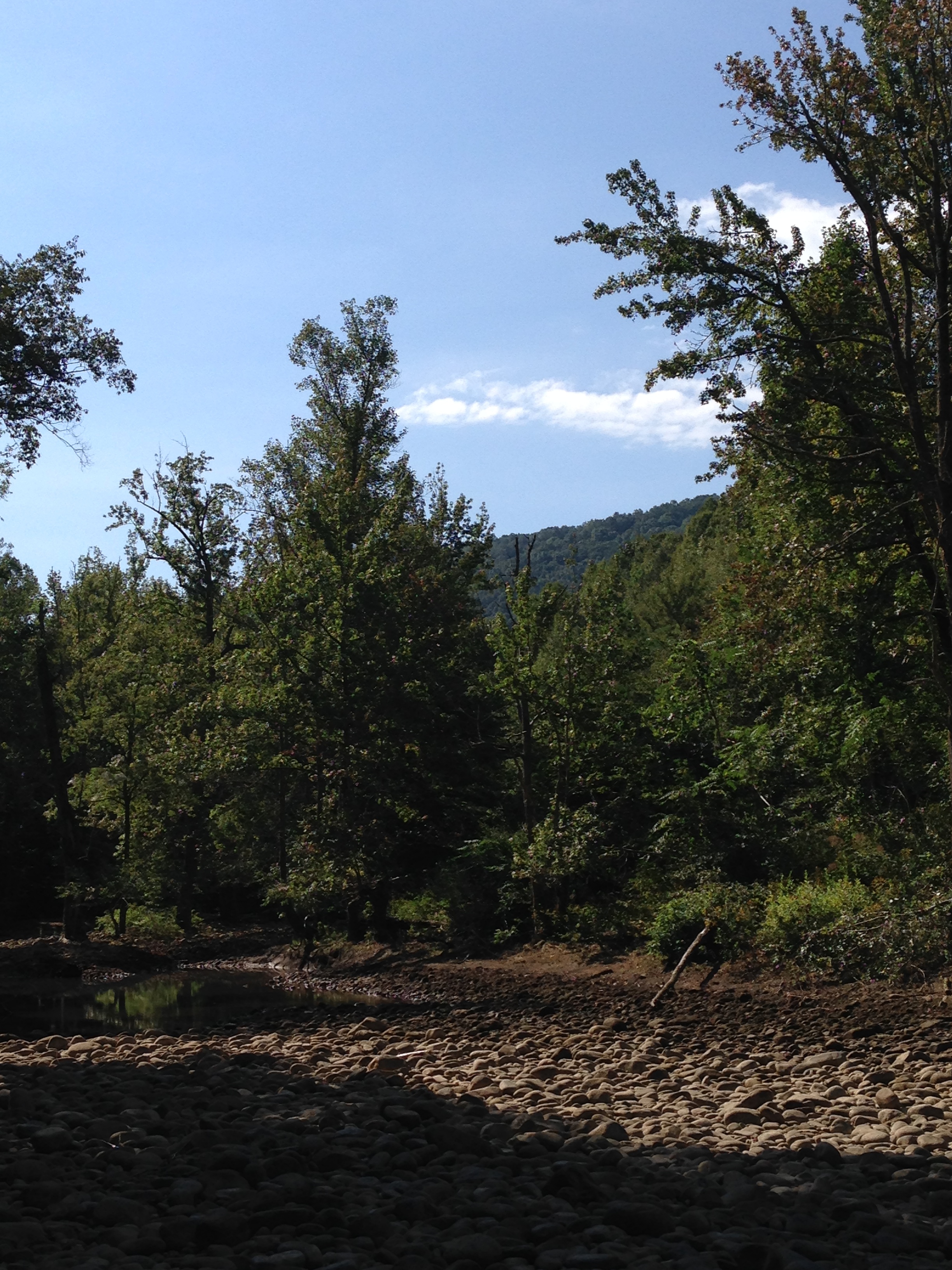




Out on the trail we found this
Hearts-a-Bursting Bush
(Euonymus Americanism)
The bright red seed capsule burst open in the fall, giving the plant its name Bursting Heart also sometimes known as Spindle tree.
The seeds are dispersed by animals in the forest. Deer have been known to graze on this plant and seem to love the tender leaves and stems.
~Humans should take the color red of these seeds as a warning. In fact this plant is considered poisonous to humans.~



We found this Jewelweed plant on one of our recent hikes near my cabin.People have used this plant for years as a remedy for Poison Ivy rash. Some people say it's very effective. Always research and know any plant before using.

We had a wonderful trip with this great group last week! Hope to do it again sometime soon. May all your trails lead to the most amazing views!

Enjoyed having the opportunity to help release fish into one of our favorite fishing spots this morning.

I got a little too close to this Saddleback while trying to take pictures of a Chestnut tree.
The Saddleback has hollow quills connected to glands beneath its skin. The pain and swelling from a Saddleback sting can sometimes surpass that of a bee sting. The irritation can last for a day or two although not common can be accompanied by nausea during the first few hours.
Immediate application of adhesive tape can be helpful in removing the broken hairs or spines left in your skin. Plus washing the site thoroughly with soap and water may help remove some of the irritating venom or poison.Taking an antihistamine may also help relieve the burning and itching.Some people may have to seek medical attention if they show signs of an allergic reaction.

